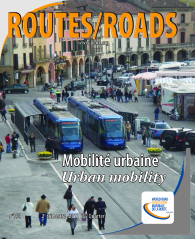Features
Pan American Highway: Roads and Politics
The Pan American Highway system from Buenos Aires, Argentina to Monterey, Mexico, with extensions to northern Alaska and southern Argentina, is the world's longest road system at 47,958 km. The earliest discussions about the road occurred during the 1920s, but the main route was not "completed" until the mid 1960s. Even today a gap of 87 km remains in the jungles of Panama. The highway was intended to advance several goals, including the improvement of transport between the continents, the development of commerce and tourism among the countries of the Pan American Union, the dissemination of technology and know-how from the United States, and the encouragement of hemispheric unity. Clearly technical and political motives were combined, a characteristic of large-scale highway and transportation systems, but politics mattered more. The dominant partner in the construction of the highway in Central America was the United States, whose efforts were guided by shifting perceptions of its national interest and a fluid geopolitical agenda.

